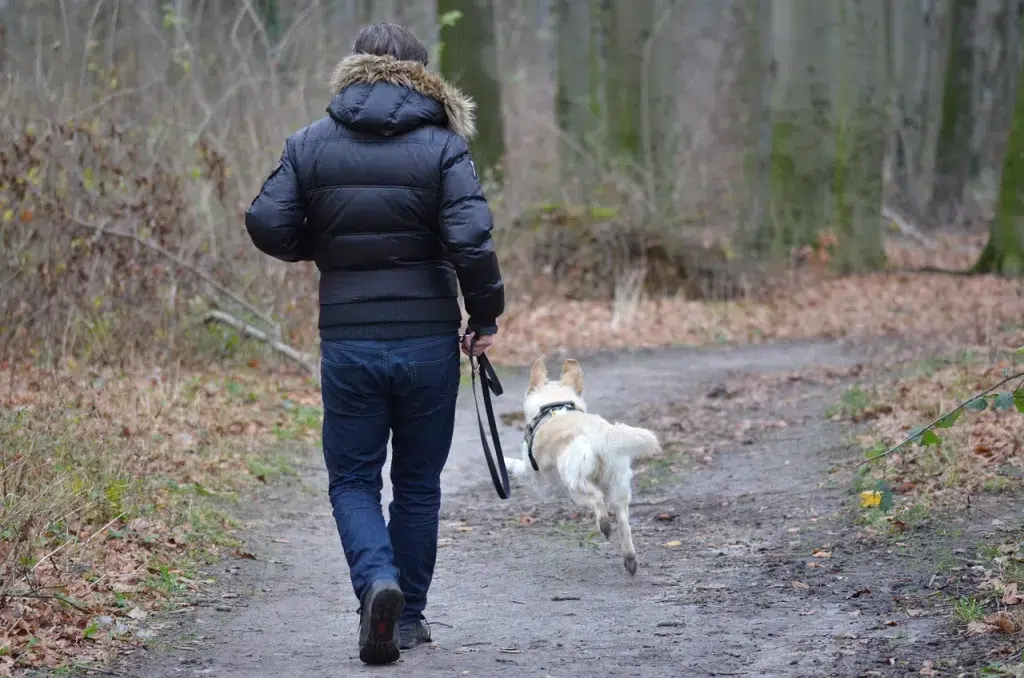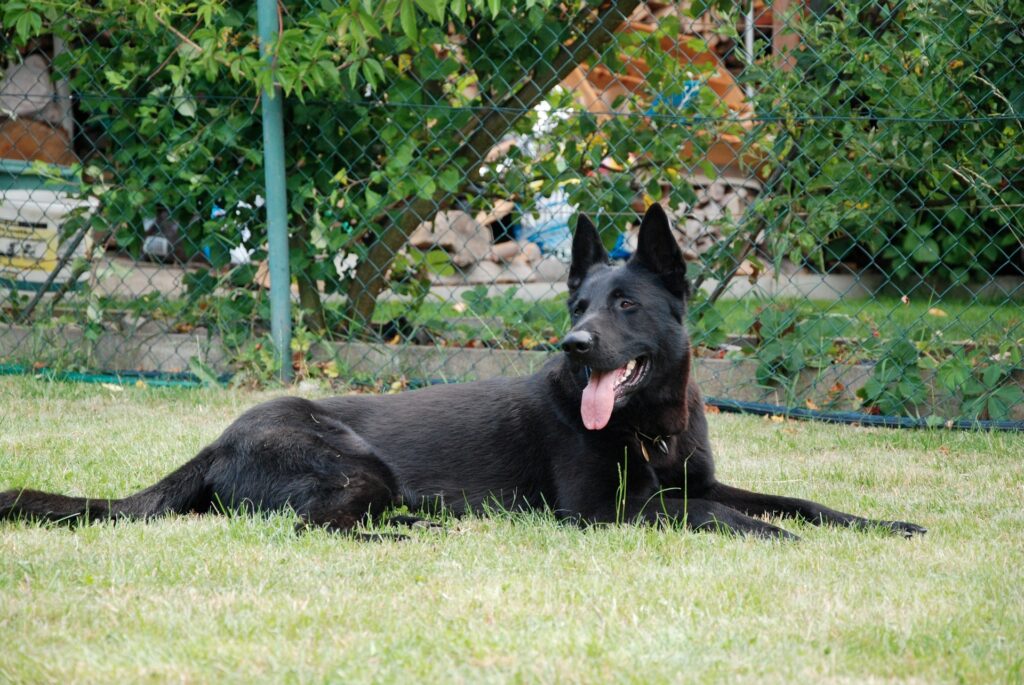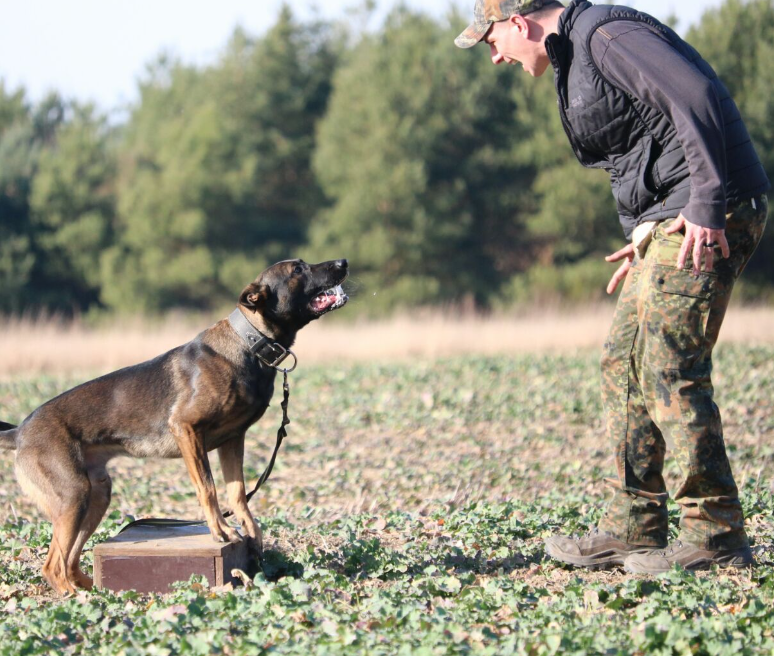
Introduction
Dogs come in all shapes, sizes, and personalities, just like humans. While some dogs are naturally outgoing and confident, others may be more reserved and shy. Shyness or timidity in dogs is not uncommon and can result from various factors such as genetics, early socialization experiences, or past trauma. As pet owners, it’s our responsibility to help our furry companions feel secure and confident in their surroundings. In this blog post, we will explore effective training strategies to build confidence in shy or timid dogs.
Understanding Shyness in Dogs
Before diving into training techniques, it’s essential to understand the signs of shyness or timidity in dogs. These signs may include:
- Avoidance behavior: Shy dogs may try to escape from unfamiliar or uncomfortable situations.
- Low-tail carriage: A timid dog often holds its tail low or tucked between its hind legs.
- Excessive trembling: Shy dogs may tremble when exposed to new people or environments.
- Hiding: They may seek refuge under furniture or in secluded areas.
- Submissive behavior: Shy dogs may exhibit submissive body language, such as crouching, licking lips, or avoiding eye contact.
Now that we’ve identified the signs, let’s discuss training strategies to help your shy or timid dog gain confidence.
Training Strategies for Shy Dogs
- Positive Reinforcement: Positive reinforcement is a cornerstone of training for shy dogs. Reward your dog with treats, praise, and affection when they display confident behavior. This can include approaching new people or exploring unfamiliar places.
- Desensitization: Gradually expose your dog to new people, places, and experiences. Start with less intimidating situations and gradually increase the level of exposure. This helps your dog adapt at their own pace.
- Counterconditioning: Pair scary or unfamiliar stimuli with something positive. For instance, if your dog is afraid of strangers, have them associate new people with treats and affection. This can help change their emotional response over time.
- Obedience Training: Basic obedience commands like sit, stay, and come can provide your dog with a sense of security. Training sessions help establish a bond between you and your dog, increasing their trust in you as their leader.
- Socialization: Proper socialization is vital for building confidence in dogs. Expose your shy dog to other well-behaved dogs to help them learn appropriate social cues.
- Patience and consistency: Building confidence in shy dogs is a gradual process. Be patient and consistent in your training efforts. Celebrate small victories, and don’t rush your dog into situations they’re not ready for.
- Professional Help: If your dog’s shyness is severe or causing significant distress, consider seeking the guidance of a professional dog trainer or behaviorist. They can provide specialized strategies and support tailored to your dog’s needs.
Conclusion
Building confidence in shy or timid dogs is an achievable goal with the right training strategies and a patient, loving approach. Remember that every dog is unique, and progress may be gradual. By providing positive experiences and gentle guidance, you can help your shy dog become a more confident and happy member of your family.
To access further information, please click here: www.valhallk9.com


